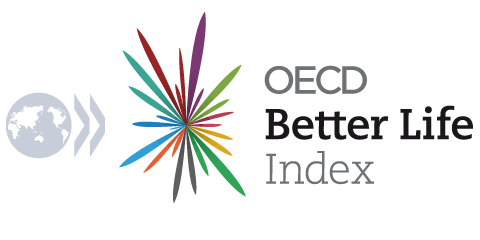The Value of Data Visualisation
By guest author
Organisations increasingly seek to enhance their business ‘intelligence’, better inform the decisions they make, assess the impact of their strategies and monitor the success or failure of their pursuits. Likewise, we as consumers and citizens want more information to influence our own choices and to generally try to make sense of the world around us.
As technology continues to advance at an amazing pace, the capture and availability of data grows at incredible rates. Similarly, the appetite to explore, unlock and communicate the insights contained within this data increases all the time. This ever-evolving data-driven society we now live in has been shadowed by a steady rise in the popularity and awareness of data visualisation.
Data visualisation concerns the graphical portrayal of data. Whereas statistics help to describe data, the role and value of visualisation is to offer a representation of data that allows us to see it in context.
By exploiting knowledge of the human visual system we can deploy variables such as shape, size, colour and position to create an almost physical depiction of our data. As readers, we can then interpret these representations, posing questions such as: How many? Which is the bigger? Which is smallest? What’s changed over time? What is the relationship there?
One of the most intriguing aspects of data visualisation is its juxtaposition of artistic and scientific pursuits.
This unique mix of disciplines and skill sets creates a fascinating landscape of alternative approaches, from the analytical and precise to the more abstract and creatively ambitious.
There is no single rulebook or approach. Rather each project is driven and informed by contextual factors such as the purpose of the visualisation, who the target audience are, the setting of the information ‘exchange’ and the focus of the data-based message. Rationalising these factors and justifying the resulting chart and design choices is an important skill that separates the effective from the ineffective.
The OECD’s Better Life Index is a case in point. Launched a couple of years ago, to mark the occasion of the OECD’s 50th anniversary, it is an interactive visualisation developed by Moritz Stefaner in collaboration withRaureif.
The Better Life Index provides readers with an interface to compare well-being across the OECD member countries, Brazil and Russia. Each country is represented by a flower made up of 11 petals sized according to a different quality of life indicator. Using the tool, you can explore the countries’ relative scores, rank and sort them, filter and explore different weightings across the various indicators.
The project has proved very popular with users – high volumes of visitors are recorded as well as sustained periods of usage – and visualisation designers alike. But what are the characteristics that make it successful?
- It is an attractive and playful experience. People are motivated and encouraged to engage with it because it presents an aesthetic design and an enjoyable interactive experience. It is also different. The concept of the floral shapes stand out as a unique technique, offering a seemingly far more sophisticated and contemporary approach compared to the long-form and tabular reporting traditionally used.
- It gives you control. Rather than proposing a single set of headline or insights, the tool allows the user to form their own enquiries and explorations within the data. Through the interactive features and the personalisation options one can dive into the data in many directions, responding to our many potential different curiosities.
- It is universal. Regardless of from which country you come or what language you speak, it offers an accessible and common visual language that broadens its audience reach.
- It is immersive. Beyond the initial landscape of the ‘floral’ interactivity there are many extra layers to the project that provide a great deal of depth of information. You can peek behind each country’s well-being and quality of life measurements to read much more analysis and interpretation.
This project, amongst many other amazing developments throughout the recent past, show the potential of visualisation to connect users with information, to provide a gateway to the insights contained within data. In this case, the style and function of the visualisation perfectly suits the context and requirements of the data exchange.
It is important to recognise, however, that data visualisation is not just about such large scale, high profile and creative works. In this day and age so many more of us are involved with or responsible for working with data. We need to create charts and graphics to analyse and present data to others for all sorts of reasons and throughout our duties.
Whether it is the largest and most complex type of dataset to the smallest and seemingly simple, to truly exploit the value of data we need to embrace the techniques of data visualisation. The effective practices and approaches involved in this subject are relevant and important to all of us.
About the author
Andy Kirk, a UK-based freelance data visualisation consultant, author and trainer, as well as editor ofwww.visualisingdata.com


Comments